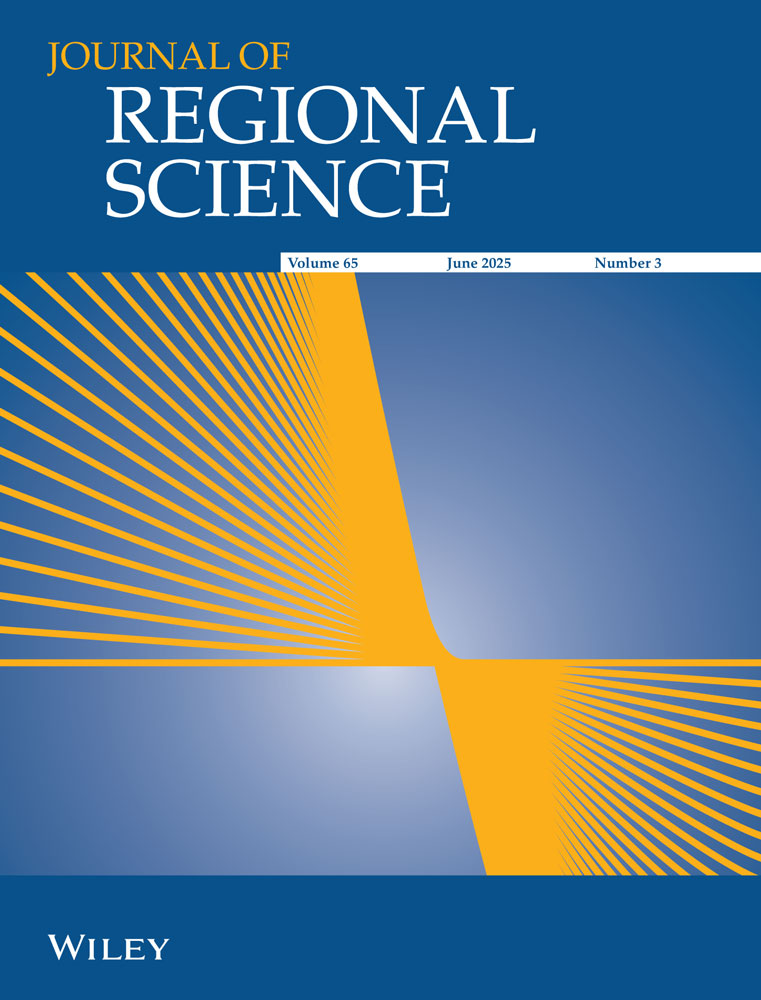Modeling Regional Economic Resilience to Disasters: A Computable General Equilibrium Analysis of Water Service Disruptions*
The research in this paper was supported by a grant from the National Science Foundation (Grant No. 9802151), and by several grants from the NSF-sponsored Multidisciplinary Center for Earthquake Engineering Research. The authors acknowledge the contribution of Debo Oladosu, Chunsheng Shang, Gauri Guha, Ram Ranjan, and Dan Wei for research related to the paper. We are also grateful to Stephanie Chang for providing us with background information on the Portland Bureau of Water Works network and sharing results of her analysis of network vulnerability, direct economic impacts of earthquake disruptions, and maintenance and mitigation costs. Helpful comments on earlier drafts were provided by Stephanie Chang, Ann Fisher, Dave Kraybill, and three anonymous reviewers. The views expressed in this paper are those of the authors and do not necessarily represent the positions of any organizations with which the authors are affiliated. The authors are solely responsible for any errors and omissions.
Abstract
Abstract. Recent natural and manmade disasters have had significant regional economic impacts. These effects have been muted, however, by the resilience of individual businesses and of regional markets, which refers to the inherent ability and adaptive responses that enable firms and regions to avoid potential losses. Computable general equilibrium (CGE) analysis is a promising approach to disaster impact analysis because it is able to model the behavioral response to input shortages and changing market conditions. However, without further refinement, CGE models, as well as nearly all other economic models, reflect only “business-as-usual” conditions, when they are based on historical data. This paper advances the CGE analysis of major supply disruptions of critical inputs by: specifying operational definitions of individual business and regional macroeconomic resilience, linking production function parameters to various types of producer adaptations in emergencies, developing algorithms for recalibrating production functions to empirical or simulation data, and decomposing partial and general equilibrium responses. We illustrate some of these contributions in a case study of the sectoral and regional economic impacts of a disruption to the Portland Metropolitan Water System in the aftermath of a major earthquake.




